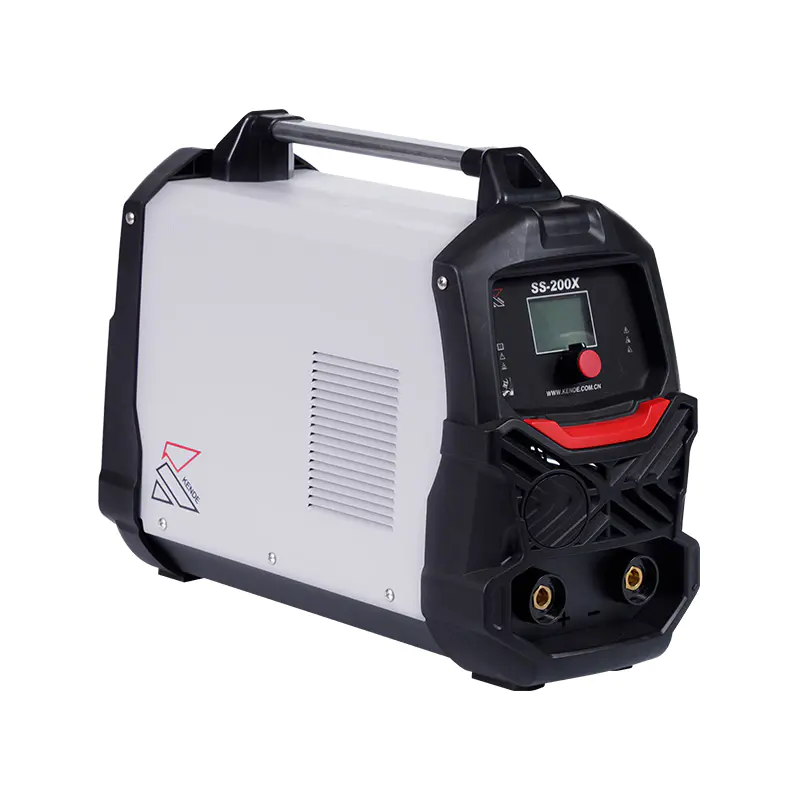Email: [email protected]
 2025.06.25
2025.06.25
 Industry News
Industry News
As compact tools continue to gain popularity in industrial and hobbyist settings, the mini welding machine has emerged as a convenient option for users requiring mobility, affordability, and functionality. A common question that arises is how the weld quality produced by a mini welding machine compares to that of standard-sized welding equipment. This comparison is especially relevant for users concerned about strength, appearance, and consistency in welds.
A mini welding machine typically features inverter technology, making it lighter and more efficient than older transformer-based models. These machines are designed to handle basic to moderate welding tasks, particularly in environments where portability is necessary. For many users, the quality of the welds is closely tied to the machine’s ability to maintain a stable arc, control heat input, and allow smooth operation. In this regard, many compact models are capable of producing reliable results, particularly when used within their rated output range.
The arc stability of a mini welding machine plays a crucial role in determining weld quality. Modern inverter-based models offer consistent arc control, which helps reduce spatter and improves bead appearance. While this stability may not always match that of large industrial welders, especially on thicker materials, it is sufficient for thin to medium-gauge metals. This makes the mini unit suitable for tasks like auto body repairs, light construction, home maintenance, and artistic metalwork.

Another important factor is duty cycle, which refers to how long a welding machine can operate continuously before requiring rest. Most mini welding machines have a lower duty cycle compared to industrial machines, meaning they are better suited for short runs rather than extended heavy-duty jobs. While this may impact productivity in demanding projects, it does not necessarily affect the quality of each individual weld when the machine is used properly.
The type of welding process supported by a mini welding machine also affects performance. Some models offer Stick (SMAW) welding, while others may support TIG (GTAW) or even basic MIG (GMAW) capabilities. Stick welding machines are often the common type in this category due to their simplicity and versatility. With proper electrode selection and technique, a mini unit can produce strong welds suitable for many repair and fabrication tasks.
User skill is another important consideration. Even with a high-quality mini welding machine, weld strength and appearance depend significantly on the welder’s ability. Proper technique, joint preparation, and correct parameter settings all influence the outcome. A mini unit can provide adequate control for beginners to learn and for professionals to complete precise jobs, but results will always vary based on application and operator experience.
In terms of portability, a mini welding machine offers clear benefits. For users who frequently move between job sites or need a solution in limited spaces, this compact option allows for easy transport and setup. It also makes welding more accessible in locations without access to industrial power supplies.
A mini welding machine can deliver dependable weld quality when used within its design parameters. While it may not replace industrial systems for heavy fabrication, it provides a practical solution for light to moderate tasks. With proper technique and careful use, users can expect satisfactory performance that meets the requirements of many welding projects.